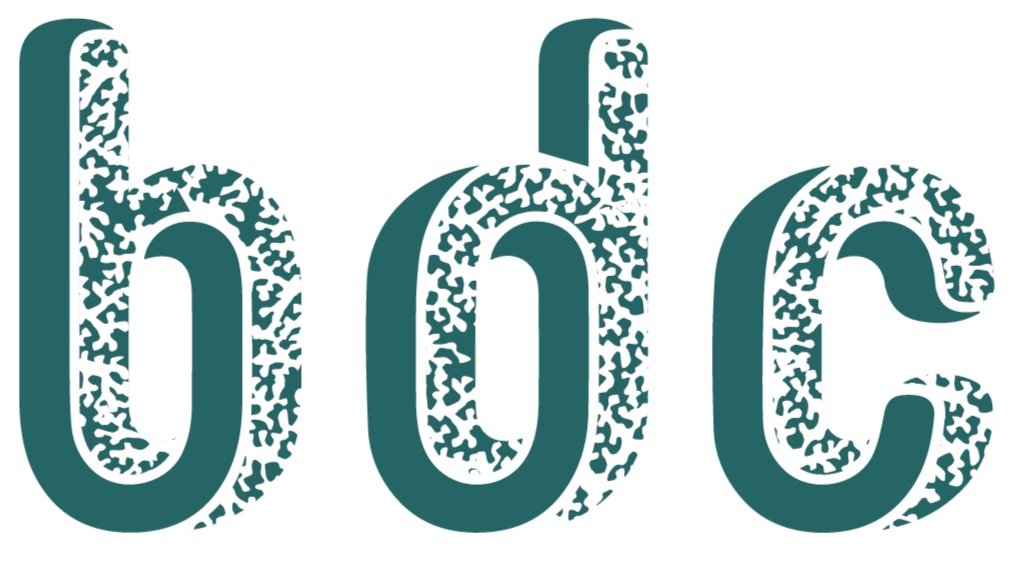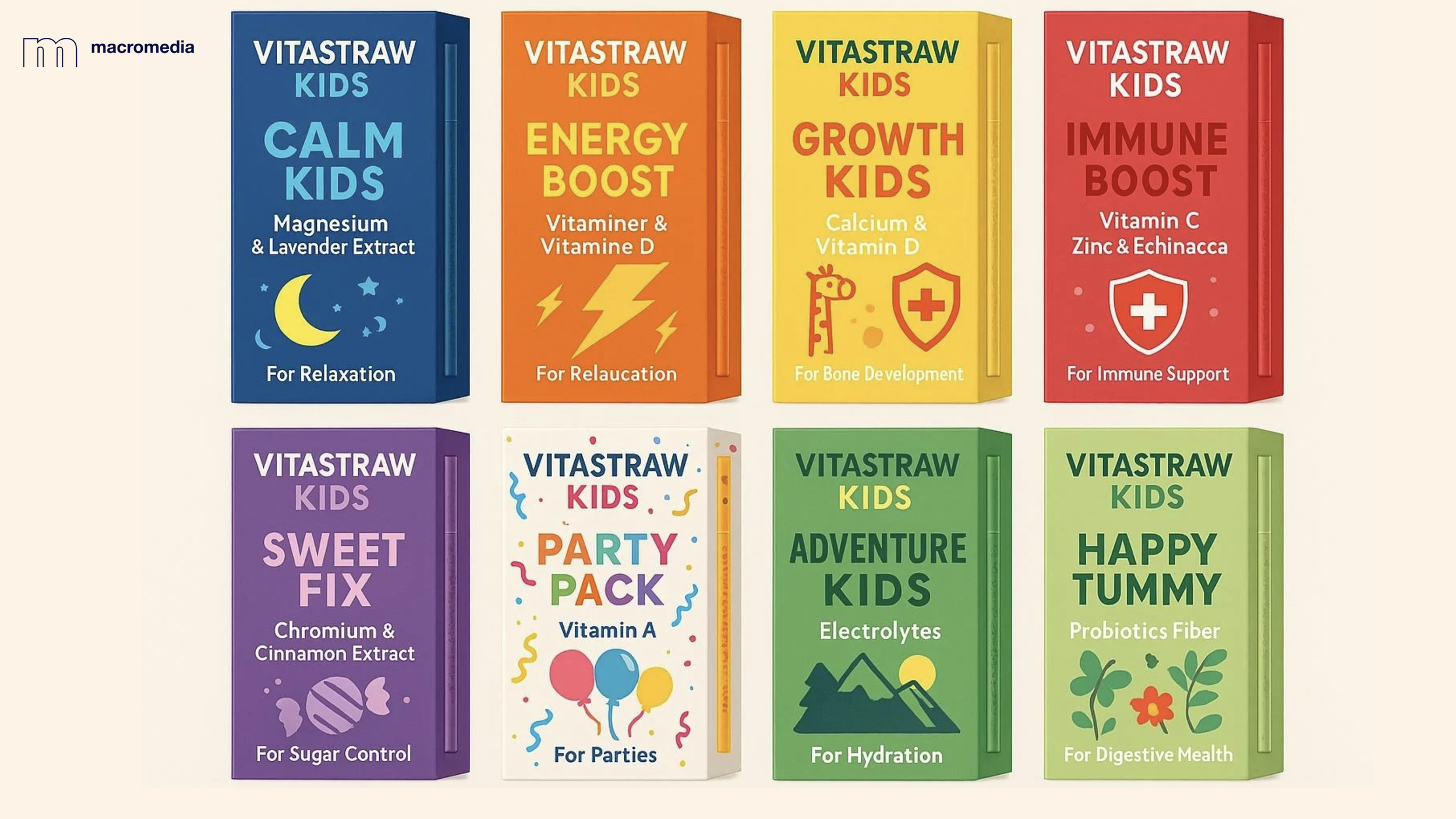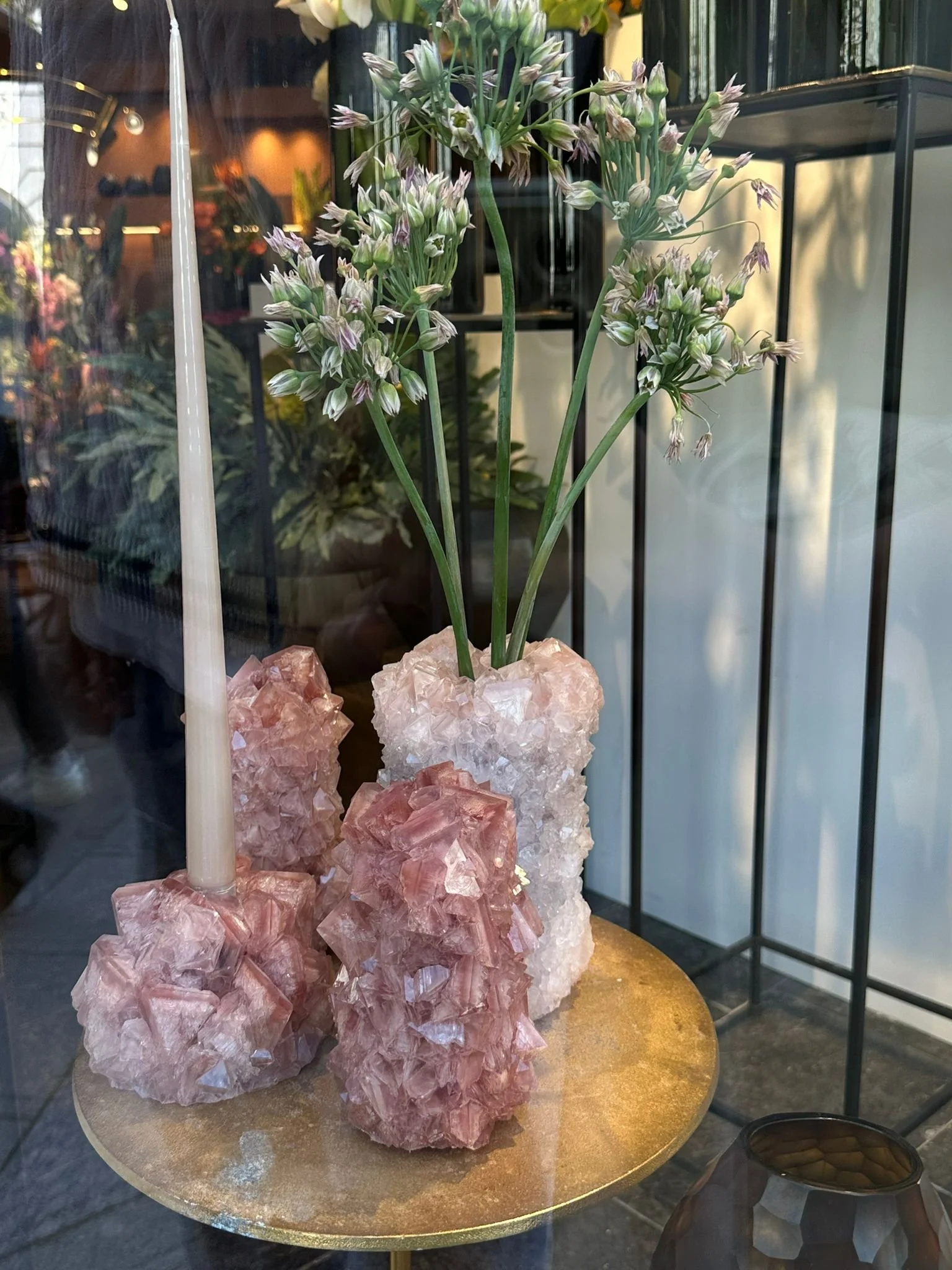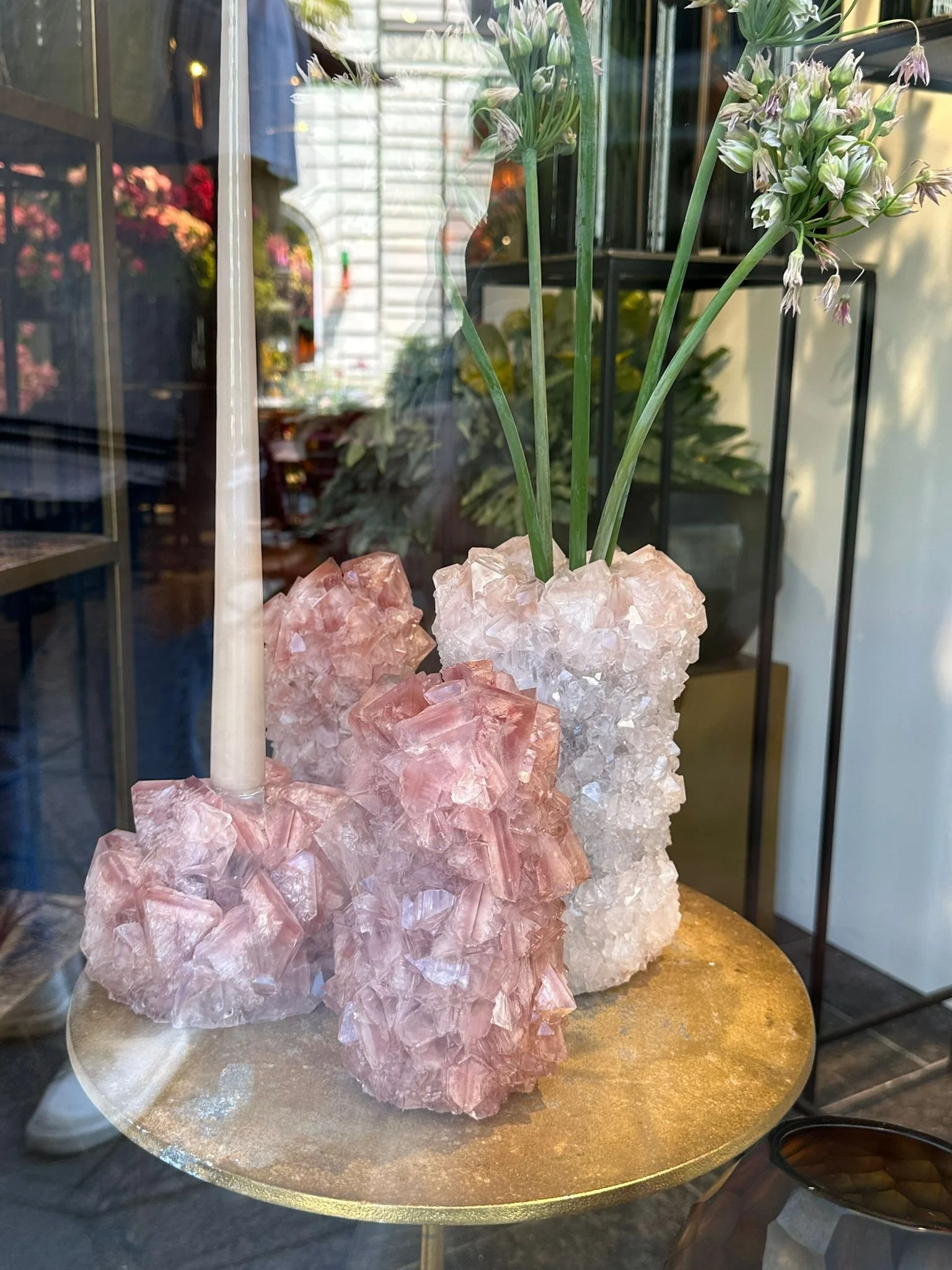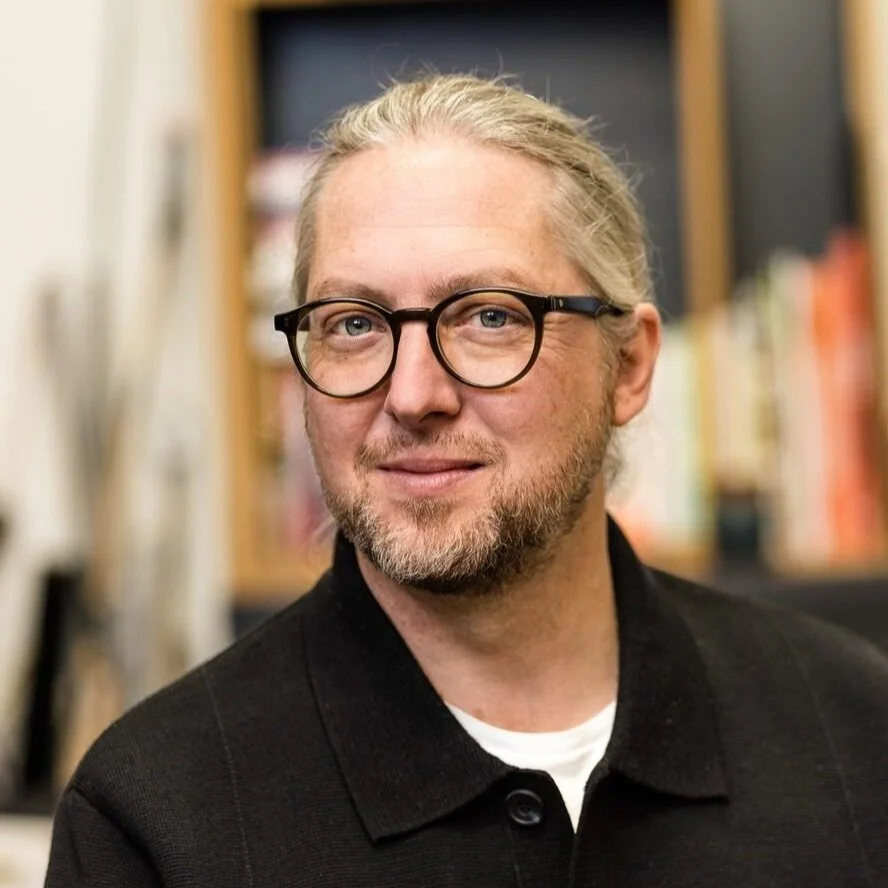Macromedia University
projects 2025
BioMandate 2045
Outstanding Social Critique Prize Winner (supported by NEW INC)
Sebastian Cavadini, Markus Kohfink, Dominik Matzeit, Yannik Andler, Anna-Lena Orlando, Daniel Klunzinger
BioMandate 2045 is a narrative strategy game exploring the political and ethical challenges of biotechnology in a near-future world. As director of the Global Biotech Regulation Agency, players decide which innovations—like gene-editing, synthetic organisms, and neural implants—are approved. Managing limited resources, investigating risks, and balancing demands from governments, corporations, and the public, each choice affects global trust and future developments. The game focuses on governance and regulatory responsibility rather than science, encouraging reflection on who controls progress and what happens when innovation outpaces oversight. It emphasizes living with the consequences of difficult decisions over having the right answers.
Air Quality Solution for Subway Systems
Nonfinalist Project
Janice Schnell, Maria Poernbacher, Julius Mersmann, Ken Heck
Air Quality Solution for Subway Systems envisions healthier underground transit through a blend of nature and technology. Told through a short film following Emil, a student impacted by subway air pollution, the project imagines a future where stations become green, breathable environments. The proposed system combines air filters with algae-based modules that absorb CO₂, capture fine particles, and release oxygen, creating a living purification network. This speculative design raises awareness about urban air quality and promotes the integration of ecological systems into smart infrastructure. The project reimagines subways as the “green lungs” of cities, advocating for healthier, more sustainable public spaces.
Zoonection – Reimagining Zoos through Immersive Education
Nonfinalist Project
Emmi Dingler, Sanna Stevens, Rocio de la Pena, Silvia Ivanova
Zoonection reimagines zoos as immersive, animal-free education centers that use interactive technologies—live streams, projections, sensory installations, and gamified learning—to connect visitors with wildlife in their natural habitats. Designed especially for children, it offers ethical alternatives to traditional captivity, addressing the psychological harm animals face in enclosures. While eliminating cages, Zoonection preserves zoos’ original missions of education and conservation, donating profits to real-world habitat protection and rehabilitation programs. By blending empathy with innovation, the project fosters meaningful connections between humans and animals, inspiring care without confinement and setting a new standard for ethical, engaging wildlife education.
The Koji Companion
Nonfinalist Project
Niclas Dörje, Camilla von Wulffen, Luisa Hochmuth, Esra Türkkanli
The Koji Companion is a kitchen-based project that promotes sustainable food practices through fermentation. Designed to be “fed” with fresh, unused organic scraps (excluding spoiled or moldy items), this small, interactive device houses Koji (Aspergillus oryzae), a traditional fermentation culture used in making miso and broths. By integrating Koji into daily routines, the project offers a low-tech, hands-on alternative to composting that transforms food waste into flavorful byproducts. The Koji Companion is both a functional tool and a cultural artifact, encouraging mindful living and sparking conversations about biology, sustainability, and culinary tradition.
VitaStraw
Nonfinalist Project
Franziska Parth, Nadia Frehland, Lyonel Merte, Jonas Berger
VitaStraw is a smart, triple-layered biodegradable straw designed to make drinking healthier and more engaging. Its activated carbon layer filters out artificial colorants and preservatives, while a pH-sensitive indicator changes color to show when the filter is no longer effective. A final layer infuses the beverage with beneficial nutrients like vitamin C, D, or magnesium. Specialized versions for children include blends like “Calm Kids” with lavender and “Energy Boost” with B12, transforming every sip into a wellness experience. Combining sustainability, science, and playfulness, VitaStraw offers a simple yet innovative way to promote cleaner, nutrient-enriched hydration.
Project Corals - ZOONA Robotics
Nonfinalist Project
Sarah Vogel, Tamara Perez Dartigues, Ya Na Qiu
ZOONA Robotics is a regenerative system designed to combat coral bleaching and support reef recovery. With over 70% of corals already affected, the project introduces a trio of robots that deliver vital nutrients and beneficial bacteria to damaged reefs. The system includes: the Buoy, which stores data and supplies; an underwater drone that transfers nutrients and electricity; and a coral-shaped spray device installed directly in the reef to release nutrients as needed. ZOONA Robotics blends technology and ecology to offer a proactive solution for reef restoration. It’s not too late—this project calls for collective action to regenerate our coral ecosystems.
Fungibin
Nonfinalist Project
David Grothe, Vivien Strebel, Nhi Do
Fungibin is a smart trash can that transforms organic waste and mycelium into sustainable building materials, offering a climate-friendly alternative to traditional composting or energy recovery. Designed for scalability and urban integration, the system uses specialized waste bags filled with mycelium substrate, provided by cities and collected through existing municipal services. Users can choose to keep or donate the resulting mycelium blocks and receive participation discounts. By turning waste into valuable construction resources, Fungibin merges sustainability with economic potential—redefining waste management as a profitable, circular solution to environmental challenges.
Breathing Bricks
Nonfinalist Project
SHERIN SARA RAJU, FARNOUSH PALEDI, HANDAN DENIZ AYALP, RUSHAL
Breathing Bricks is a bio-integrated architectural solution that enhances indoor air quality through a fusion of design and microbiology. Composed of porous clay or ceramic, each brick houses halophilic bacteria and salt crystals. The salt captures moisture, activating the bacteria to break down airborne pollutants like VOCs and dust. As air flows through the bricks, it is naturally filtered and humidified, reducing reliance on mechanical ventilation. Scalable and visually distinctive, Breathing Bricks offer an energy-efficient, passive method for cleaner indoor air—particularly valuable in polluted urban settings—reimagining buildings as living systems that actively contribute to human and environmental health.
Zoora
Nonfinalist Project
Laura Orlinski, Jolina Fritsche, Lilli Hennig
Zoora is an emotional camera system that integrates biometric sensors to capture both images and the user’s emotional state. By measuring signals such as heart rate and skin conductance, Zoora detects emotions like joy, stress, or focus in real time. These emotional inputs dynamically influence visual elements—color, brightness, focus, and contrast—resulting in personalized, emotionally enhanced photographs. Rather than simply documenting moments, Zoora transforms them into expressive, immersive visuals that reflect the user’s inner experience. This project reimagines photography as a bridge between technology and emotion, offering a new form of visual storytelling that captures how a moment feels, not just how it looks.
Living Wallpaper
Nonfinalist Project
Akshay Sajeevan, Christine Schnäpp, David Beridze, Sara Daniela Niño
Living Wallpaper is a speculative design project that tackles the hidden health threat of black mold in humid indoor environments. It features a genetically modified strain of filamentous fungi embedded into wallpaper, designed to detect and suppress black mold growth. Dormant under normal conditions, the fungi activate only when mold-friendly conditions arise, creating a passive, self-regulating defense system. This innovative approach integrates biological prevention directly into building materials, reducing health risks without invasive interventions. Living Wallpaper reimagines environmental health by embedding responsive, living systems into our homes, promoting safer, smarter, and more sustainable indoor living spaces.
RAYTEC
Nonfinalist Project
Charlotte Gloge, Denise Hoppe
RAYTEC is a speculative nanobot-based injection designed to protect humans from extreme solar radiation in a climate-altered future. As rising UV levels make outdoor exposure dangerous, RAYTEC enhances the body’s natural defenses. Once injected, nanobots display a temporary visual marker—stripes that increase with UV intensity—and activate melanin production at peak exposure for protection. If early signs of skin cancer are detected, a warning symbol and localized mark appear, offering crucial support, especially for people of color, who often face disparities in early diagnosis. RAYTEC merges biotechnology with social critique, challenging privilege tied to skin color and prompting dialogue on identity and care.
Overcoming Light Pollution: The Future of Light
Nonfinalist Project
Isabell Eberhardt, Teddy Konrad
The project examines the impact of light pollution on the world and emphasizes the importance of addressing this growing issue. It explores existing efforts to combat light pollution and proposes additional interventions to further reduce its effects. Suggested solutions include reducing nighttime lighting, implementing motion sensors, using glowing paint, and enhancing tactile pavement paths, among other strategies.
No Y
Nonfinalist Project
Kiara Sophie Hinz, Nina Hartmann
No Y is a speculative design project imagining a future where biological human males face extinction due to evolving fungal infections accelerated by climate change. As global temperatures rise, fungi once unable to infect humans adapt to higher body heat and antibiotic resistance. Since biological males are statistically more susceptible to such infections, the project envisions a scenario in which they are nearly wiped out. No Y serves as a provocative lens to explore gender roles, Western societal norms, and environmental collapse. It invites reflection on how society might adapt—socially, politically, and biologically—in a world without biological males.
Instructor 2025
Oliver Szasz has been a Professor of Media and Communication Design at Macromedia University in Munich since 2011, where he also leads the international Master’s program in Design Management. He is co-founder of Culturesphere, a consultancy for strategic creativity and innovation culture, through which he facilitates collaborative processes and supports transdisciplinary research teams in integrating diverse forms of knowledge. As co-founder of the NGO symbio(s)cene, he investigates future-oriented design practices at the intersection of art, science, and ecology. His work centers on regenerative design, design thinking, and the application of design research methods to foster innovation and systemic transformation.
Prof. Dominik Rinnhofer is a game developer, media artist and professor of Game Design at the Macromedia University in Stuttgart. His work can be seen in numerous international exhibitions and awards. As a stage designer and video artist, he has been involved in numerous operas and plays. As a curator and author, he deals with the topics of technology, society and ecology.
Tim Klinger creates interactive spatial experiences at the intersection of design, technology, and storytelling. As a professor of Media and Communication Design in Frankfurt (GER), he explores how digital and physical spaces shape user behavior, foster immersion, and impact knowledge acquisition.
Achim Römer teaches Media and Communication Design at the Stuttgart (GER) Campus of Macromedia University since 2021. He builds on his experience as an academic assistant and lecturer in the Visual Communication course at Pforzheim University (GER). As creative director he creates editorial and branding designs for various publishing houses, design and branding agencies.
